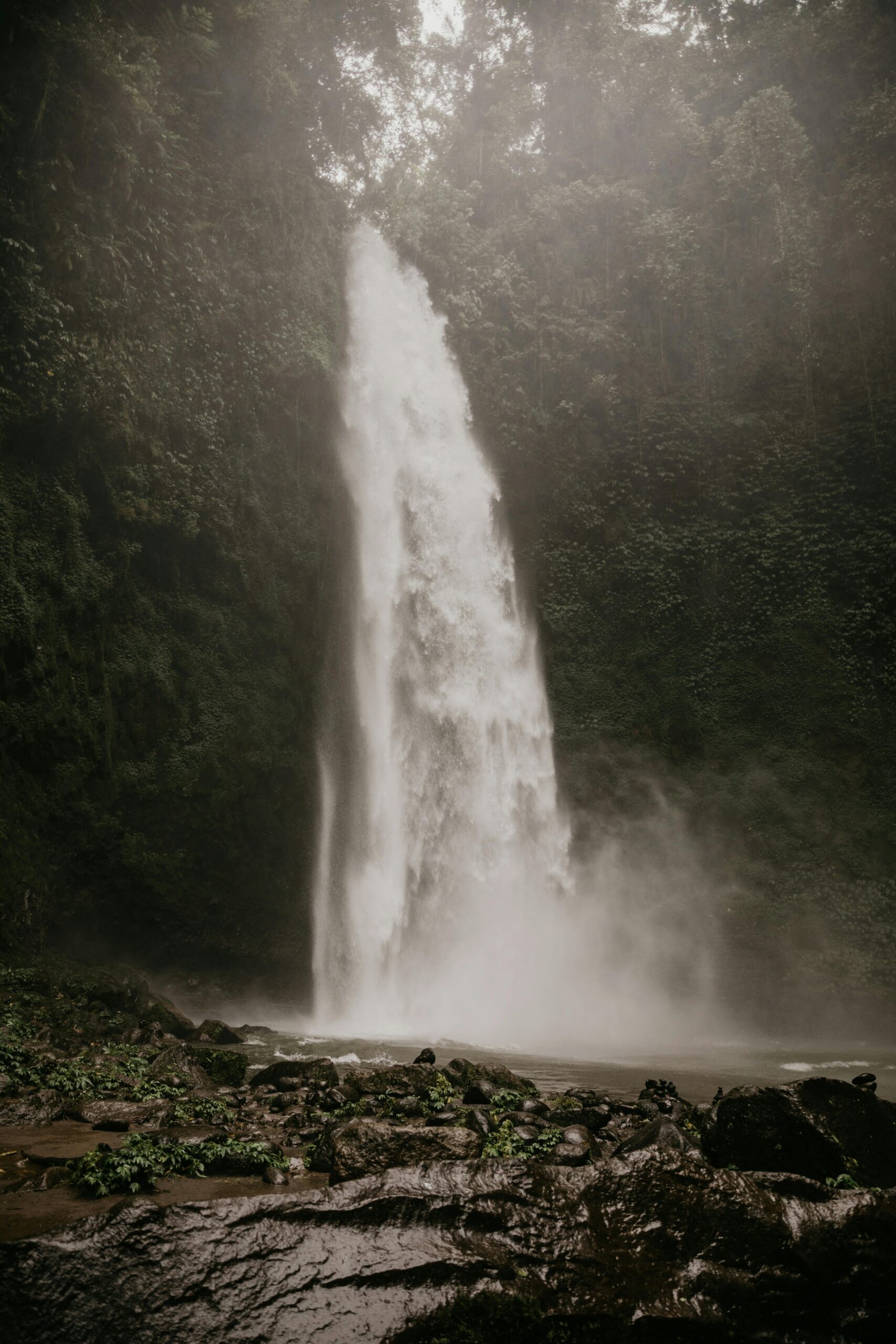Introduction
In today’s fast-paced, digitally connected world, stress, burnout, and mental exhaustion have become common challenges. More people are realizing the importance of taking time away not just to relax, but to reconnect with themselves. This growing awareness has fueled the rise of wellness tourism — a global movement that blends travel with health, mindfulness, and personal growth.
As we step deeper into 2025, wellness tourism has evolved beyond luxury spa retreats. It now includes holistic wellness experiences, spiritual journeys, and sustainable escapes designed to rejuvenate the mind, body, and soul. This trend is transforming how people travel and redefining the purpose of vacations in a modern, wellness-conscious world.
What Is Wellness Tourism?
Wellness tourism is travel specifically aimed at promoting health and well-being. Unlike traditional vacations, which focus on leisure or sightseeing, wellness travel centers on personal renewal, healing, and mindfulness.
According to the Global Wellness Institute (GWI), wellness tourism is defined as “travel associated with the pursuit of maintaining or enhancing one’s personal well-being.” It encompasses a wide range of activities and destinations, from yoga retreats in Bali to thermal spa resorts in Switzerland.
Wellness tourism is typically divided into two main categories:
-
Primary Wellness Travelers — Those who choose their destination primarily for wellness purposes, such as attending a meditation retreat or detox program.
-
Secondary Wellness Travelers — Those who engage in wellness-related activities as part of a broader trip, such as visiting a spa, hiking, or taking a local wellness class.
The Global Growth of Wellness Tourism
The wellness tourism industry has witnessed tremendous growth over the past few years. The Global Wellness Institute estimates that the global wellness tourism market will surpass $1.3 trillion by 2025, making it one of the fastest-growing segments in the travel industry.
This growth has been driven by multiple factors:
-
Rising awareness about mental and physical health.
-
The search for authentic, purpose-driven travel experiences.
-
The influence of social media and wellness influencers.
-
Post-pandemic lifestyle shifts emphasizing preventive health and stress relief.
In 2025, wellness is not just a trend—it’s a lifestyle choice. Travelers now seek experiences that nourish the soul as much as they entertain the senses.
Popular Wellness Tourism Destinations
Around the world, destinations are reinventing themselves to cater to the growing wellness traveler. Here are some of the top wellness destinations leading the way:
1. Bali, Indonesia – The Spiritual Sanctuary
Bali’s serene beaches, lush jungles, and spiritual culture make it one of the world’s top wellness retreats. Ubud, in particular, is famous for its yoga centers, meditation retreats, and holistic healing resorts. Here, travelers combine spirituality with nature, detox diets, and traditional Balinese massages.
2. India – The Birthplace of Yoga and Ayurveda
India’s rich history of wellness practices, from Ayurveda to yoga, draws travelers seeking deep healing and cultural immersion. Kerala’s Ayurvedic resorts and Rishikesh’s yoga ashrams offer ancient therapies that balance the body’s energies and promote long-term health.
3. Thailand – Mindfulness and Rejuvenation
Thailand’s warm hospitality and advanced spa industry make it ideal for rejuvenation. From luxurious wellness resorts in Phuket to spiritual temples in Chiang Mai, Thailand blends mindfulness, nature, and relaxation beautifully.
4. Switzerland – Wellness in the Alps
Known for its purity and tranquility, Switzerland offers thermal spas, mountain hikes, and detox programs. Many luxury wellness resorts here combine modern medicine with holistic healing, offering customized wellness packages based on genetics and nutrition.
5. Costa Rica – Nature’s Healing Power
Costa Rica’s biodiversity and commitment to sustainability make it a haven for eco-conscious wellness travelers. Yoga in the rainforest, sound therapy by waterfalls, and forest bathing are just a few experiences that make this destination a holistic paradise.
Key Trends Shaping Wellness Tourism in 2025
The wellness travel landscape in 2025 is more diverse, digital, and personalized than ever before. Here are some emerging trends defining the future of the industry:
1. Mental Health and Mindfulness Retreats
Mental wellness is now central to travel planning. Destinations offer meditation sessions, silent retreats, and digital detox programs to help travelers disconnect from technology and reconnect with themselves.
2. Wellness and Technology Integration
Technology is enhancing wellness experiences through AI-based health tracking, virtual reality meditation, and personalized wellness apps. Some hotels use sleep-tracking systems and circadian lighting to improve rest quality.
3. Sustainable and Eco-Friendly Wellness
Travelers want to heal themselves without harming the planet. Eco-lodges powered by renewable energy, organic meals sourced from local farms, and carbon-neutral retreats are gaining popularity.
4. Preventive Health and Longevity Travel
Wellness tourism now includes medical wellness, where travelers undergo diagnostics, genetic testing, and longevity programs. Destinations like Austria and Germany specialize in medical spas offering detoxification and rejuvenation therapies.
5. Cultural and Spiritual Experiences
More travelers are embracing local spiritual traditions—such as Reiki in Japan, shamanic healing in Peru, or tea ceremonies in China—as part of their wellness journey. These experiences blend cultural immersion with emotional healing.
The Benefits of Wellness Travel
Wellness tourism provides a range of physical, mental, and emotional benefits. It encourages balance and helps individuals maintain a healthy lifestyle even after returning home. Key benefits include:
-
Stress Reduction: Meditation, yoga, and nature immersion lower cortisol levels and promote relaxation.
-
Improved Physical Health: Activities like hiking, swimming, and detox therapies boost physical fitness and immunity.
-
Mental Clarity: Digital detoxes and mindfulness programs enhance focus and creativity.
-
Cultural Connection: Learning traditional healing practices deepens cultural appreciation.
-
Sustainable Living Habits: Wellness travel promotes eco-conscious choices that extend into daily life.
Wellness Hotels and Retreats Redefining Hospitality
Hotels and resorts around the world are evolving from traditional hospitality providers to wellness-focused sanctuaries. Many luxury brands now offer specialized programs that combine comfort with personal health goals.
Examples include:
-
Six Senses Resorts: Known for sustainable luxury and personalized wellness programs.
-
SHA Wellness Clinic (Spain): Offers medical-grade wellness treatments and nutritional programs.
-
Kamalaya (Thailand): A holistic sanctuary blending spiritual healing with modern wellness.
-
Ananda in the Himalayas (India): Integrates yoga, meditation, and Ayurveda into daily routines.
These properties cater to travelers seeking rejuvenation and self-discovery through customized wellness experiences.
Wellness Cruises: The New Way to Sail
The cruise industry has also embraced wellness. Modern wellness cruises feature onboard spas, fitness programs, plant-based cuisine, and mindfulness workshops. These voyages allow travelers to explore exotic destinations while maintaining healthy routines — a stark contrast to traditional indulgent cruising.
The Role of Food in Wellness Tourism
Nutrition is a cornerstone of wellness travel. Many retreats now emphasize farm-to-table dining, plant-based menus, and detox meal plans. Travelers can take part in culinary wellness workshops, learning how to prepare balanced meals using local ingredients.
Destinations such as Italy and Japan combine gastronomy with wellness, promoting mindful eating and seasonal nutrition as part of their cultural heritage.
Post-Pandemic Shift Toward Wellness
The COVID-19 pandemic fundamentally changed how people view health and travel. Lockdowns and social isolation led to increased mental health awareness, and travelers now prioritize self-care over sightseeing.
According to the Wellness Tourism Association (WTA), post-pandemic travelers value:
-
Open spaces and nature-based experiences.
-
Small group or solo retreats.
-
Hygiene and safety alongside relaxation.
-
Emotional healing and resilience-building activities.
This shift has made wellness tourism a cornerstone of post-pandemic recovery, benefiting both travelers and destinations.
Challenges in Wellness Tourism
Despite its growth, wellness tourism faces several challenges:
-
High Costs: Premium wellness retreats often cater to affluent travelers, limiting accessibility.
-
Over-commercialization: Some resorts market “wellness” as a buzzword without delivering authentic benefits.
-
Cultural Misrepresentation: Borrowing traditional healing practices without understanding or respecting their origins can lead to cultural exploitation.
-
Sustainability Issues: Balancing luxury and eco-responsibility remains a challenge for high-end resorts.
Addressing these issues is essential to ensure wellness tourism remains ethical, inclusive, and impactful.
The Economic Impact of Wellness Tourism
Beyond personal well-being, wellness tourism significantly boosts local economies. It promotes sustainable job creation, supports small businesses, and encourages investment in eco-friendly infrastructure. According to GWI, wellness tourists spend 35% more than average travelers, benefiting local economies through extended stays and community-based experiences.
This makes wellness tourism not only a health movement but also an economic driver for global recovery and sustainable growth.
How to Choose the Right Wellness Destination
When planning a wellness trip, travelers should consider:
-
Purpose: Are you seeking relaxation, fitness, detox, or spiritual growth?
-
Location: Choose environments that support your goals—mountains, beaches, or forests.
-
Authenticity: Look for certified wellness centers or eco-friendly resorts.
-
Budget: There are affordable options like yoga homestays or meditation camps for every traveler type.
-
Cultural Fit: Embrace destinations where you feel emotionally and spiritually aligned.
The Future of Wellness Tourism
The future of wellness tourism is holistic, inclusive, and technology-driven. Wellness will be seamlessly integrated into every aspect of travel—from airport lounges offering meditation pods to airlines serving nutrient-rich meals.
Emerging trends include:
-
AI-based wellness recommendations tailored to traveler profiles.
-
DNA-based health retreats for personalized treatments.
-
Regenerative travel, where visitors give back to the environment.
-
Wellness festivals combining culture, music, and mindfulness.
As the boundaries between travel, health, and lifestyle blur, wellness tourism will continue to shape a new global standard for conscious travel.
Conclusion
Wellness tourism is more than a vacation trend—it’s a reflection of humanity’s deeper desire for balance, healing, and connection. It represents a shift from escaping life to enhancing it. Whether it’s meditating in Bali, detoxing in Switzerland, or hiking through Costa Rica’s rainforests, wellness travel allows us to nurture the body, calm the mind, and awaken the soul.
As we move further into 2025, one thing is clear: the future of travel is not just about where we go—but how those journeys transform who we are.




